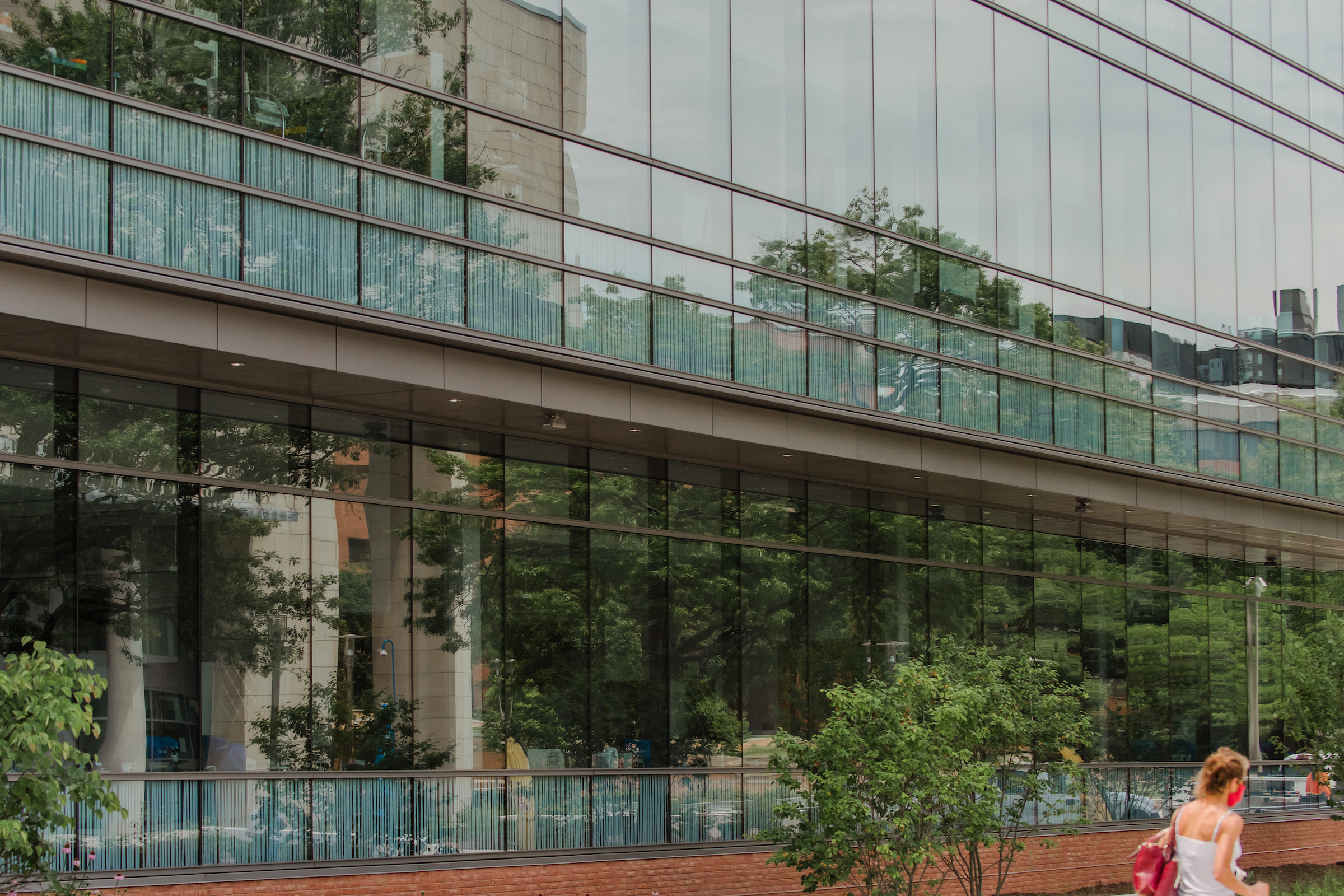The cost to attend UMBC will decrease 22 percent compared to last fall for in-state undergraduate students registered for courses offered by the main campus. UMBC’s Student Business Services Office notes that student bills will reflect stable tuition rates for undergraduate and graduate, resident and non-resident students, and decreased fees.
Mandatory fees for each full-time undergraduate student enrolled at the main campus will decrease by $1,304 as a result of remote operations during the COVID-19 pandemic. Undergraduates will pay only the technology fee and 50 percent of the University Commons and student activity fees, which support ongoing services and programming for students learning both on campus and off.
“The value of a UMBC degree remains high because of the quality of teaching, research, and support for students,” says UMBC President Freeman Hrabowski. “We understand that many students and families face financial pressures as a result of the pandemic, and we have taken this into consideration in setting costs for the fall semester.”
Mandatory fees for each graduate student will decrease by $101 per credit. All graduate students will only be charged the technology fee and 50 percent of both the University Commons and graduate program fees. These support ongoing activities focused on student success in academics and research.
Mandatory fees for students at UMBC’s Shady Grove campus will include only the Shady Grove auxiliary fee and the technology fee. The facilities fee is not being charged this fall.
Need-based aid
Despite negative financial impacts on the University resulting from the pandemic, need-based aid for eligible students will continue to be a priority, notes Vice President for Administration and Finance Lynne Schaefer. “Need-based financial aid has increased 40 percent over the past five years, allowing an additional 1,000 students to receive support,” she says.
In addition, thanks to private contributions from alumni, faculty, staff, and friends of the University, the Stay Black and Gold Emergency Fund and The Fund for UMBC have generated $150,000 in emergency need-based aid for students. Students with financial concerns are encouraged to contact their financial aid counselor. Financial aid counselors are assigned by a student’s last name; a list is located on the Financial Aid webpage.
Featured image: UMBC’s new Interdisciplinary Life Sciences Building in summer 2020. Photo by Marlayna Demond ’11 for UMBC.
Tags: campus

